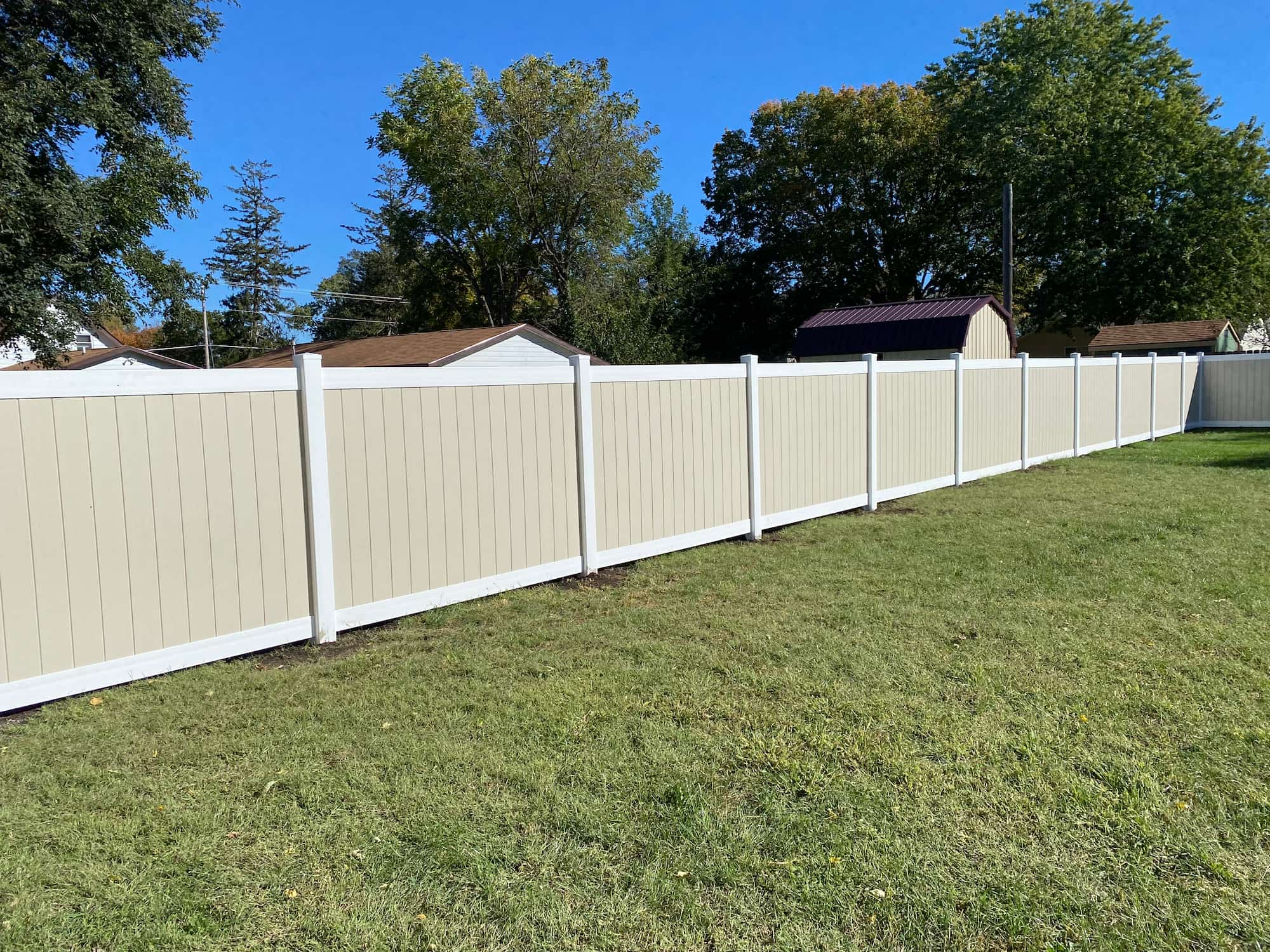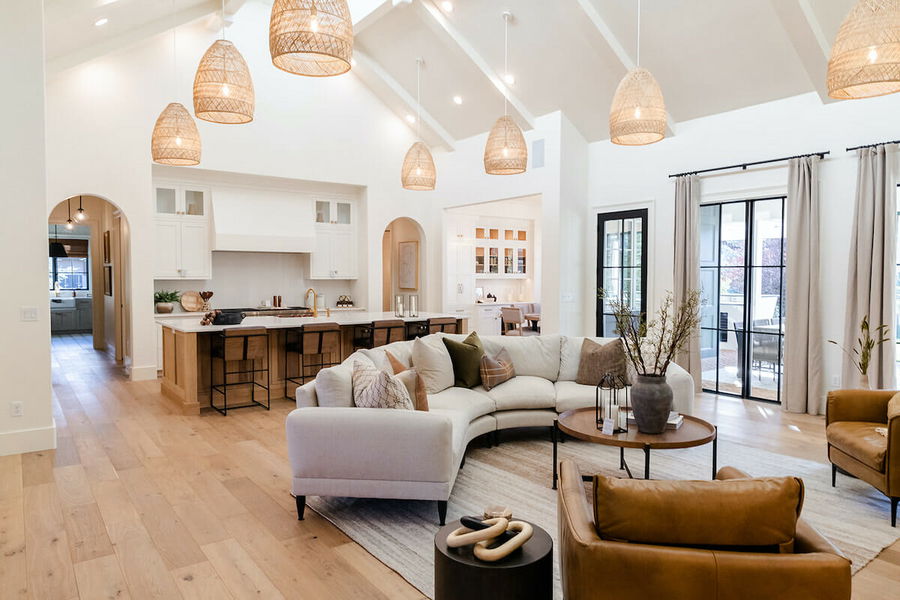A story of dysfunction: renters can’t rent, buyers can’t buy, builders can’t build
Aaron M. Davis May 22, 2022Despite record demand and prices, property builders are warning of significant delays delivering new homes this summer. Experts say this will have devastating consequences and hamper much needed supply.
hese delays have been a feature of nationwide meetings and workshops run by the Irish Home Builders Association (IHBA) in recent weeks. On average last year, builders were completing homes within a 16 to 20-week window.
Keeping up such pace is a struggle now, Construction Industry Federation (CIF) director of housing, planning and development services James Benson said at one of the recent workshops in Dublin.
“Now that has jumped to 26 weeks plus, for a number of reasons: scarcity and availability of materials, getting critical infrastructure in place, getting sites connected or issues with procurement, planning and everything that goes with it,” he added.
Builders and quantity surveyors have been struggling with rapidly changing prices for timber, steel, insulation and other critical materials for more than a year. It is increasingly difficult to get materials to site when needed as challenges posed by a Covid hangover, war in Ukraine and shutdowns in China cripple supply chains.
IHBA figures show the cost of building an average three-bed semi-detached house increased by about €15,000 to €17,000 last year. This figure is an increase on the €12,000 to €15,000 rise predicted for 2021 this time last year and more increases are expected.
The Society of Chartered Surveyors Ireland (SCSI) said this is “leading to a more cautious approach by funder, contractors and sub-contractors” as they manage the risk associated with material and labour shortages. SCSI quantity surveyors group chair Kevin Brady said builders have tried to adapt by sourcing local materials and taking other steps to cope with global price pressure.
“These increases have forced developers to critically review construction methods and review alternative methods to deliver houses ie timber frame, blockwork and modular off-site construction,” he added.
Cost surges come against a backdrop of huge numbers of planning permissions being granted and massive demand, but data shows approval to build is no guarantee of delivery. Builders are working flat-out. They started work on 1,108 more homes than were granted planning
permission for (29,541) in 2021 because of a spillover from a pandemic construction stoppage. If builders had more staff it is likely more work would have been done, but a labour shortage heightened stress in an already under-pressure sector.
Planning data shows permission was granted for 163,199 homes over the past five years but far fewer were built. Work commenced on almost three quarters (118,686) of these. There were 94,240 completions in this period.
Issues can arise preventing projects getting off the ground after planning permission has been granted, but those working in the sector say developments increasingly become unviable during the period between lodging an application and an approval being granted.
Builders say about 106 weeks will pass between an application for planning permission being lodged and work commencing on site. They complain this is unsustainable because price inflation over a two-year period can push financially viable developments towards unaffordable territory.
Department of Housing officials have assured builders they are engaging with the Local Government Management Agency and the County and City Management Association about adequately resourcing planning authorities to speed up applications. Meanwhile, An Bord Pleanála (ABP) is also undertaking a review of its workforce and engaging with housing officials about resources ABP needs to deliver quick decisions.
But this is no guarantee of remedying the problem. Economist Jim Power said demand will outstrip supply for some time to come and builders operate at the behest of catastrophic global events.
“Global supply chains are having a huge impact now on the ability of the Irish construction sector to deliver supply. I think you can take it as given that for the foreseeable future demand will continue to outpace supply,” Mr Power said.
Supply is constrained at every turn.
“Owner occupier, rental, social and affordable, those are all components of the housing market and you cannot look at one in isolation of the other because they are all deeply interrelated — it is clear the market is pretty dysfunctional,” Mr Power added.
“Demand significantly exceeds supply, house prices are rising at record rates at the moment, rents are continuing to move in an upward direction and there is a continuing problem with homelessness. Clearly the market is not functioning properly, so at a macro level the one thing that has to be done is increase the supply for owner-occupier and rental.”
The number of homes needed is disputed. Many experts and the Government suggest it is in the region of 35,000 annually. Work commenced on 31,000 new homes last year (a 42pc increase on 2020), so pent-up demand won’t be met for some time. Meanwhile, on
Friday, there were 826 adverts for available rental properties carried on Daft.ie.
A report produced by Mr Power and published by the Institute of Professional Auctioneers and Valuers (IPAV) and the Irish Property Owners’ Association (IPOA) last week showed landlords are leaving the market in droves, heightening the supply crisis.
IPAV chief executive Pat Davitt said it also demonstrates how landlords feed the second-hand buyers’ market. He estimates up to two-thirds of second-hand properties coming to the market could be coming from landlords looking to sell up.
“It is incredible to believe that rents have never been so high but landlords are leaving the market. Why would that be the case?” Mr Davitt said.
“I believe, from speaking with our members, that two sales out of every three could be from landlords, and that is a huge amount of properties. Institutional landlords are not buying one-off properties, so the two- and three-bed semis are going out of the market place.”
The IPAV/IPOA report found rent pressure zones have failed to control rent prices since their introduction in 2016, while red tape and changing regulations drives private landlords away from the rental sector. These landlords complain about having to pay up to 52pc of rental income in PAYE, PRSI and USC while institutional landlords pay no tax.
The worry is landlords operating in small villages and towns across Ireland that are not attractive to institutional investors cannot be easily replaced. “The incentives to stay in the market or to enter the market are not particularly compelling at the moment,” the report said.
Sinn Féin housing spokesperson Eoin Ó Broin said an exodus of landlords increases the risk of homelessness for many and he fears 10,000 adults and children will be using emergency accommodation before the end of the summer.
At the launch of the report on Wednesday politicians from the government parties aired their concerns about the housing crisis.
Fine Gael senator Jerry Buttimer told those at the launch he knew of friends and constituents who sold properties because they did not feel the work needed to let them was worth the financial return.
“From our own anecdotal experience of dealing with people on the ground everyday, this is the greatest challenge we face. Something isn’t working and something has to change,” Mr Buttimer said.
“What I now find is landlords with three or four properties, or even just one or two, have gone — and gone with glee.”
The conversation turned to reliefs for landlords and tenants.
The landlords want to see tax reductions with IPOA information officer Margaret McCormick suggesting a 12pc tax rate would be more acceptable for landlords.
“We are going to lose more landlords,” Ms McCormick added.
This suggestion made some at the launch uneasy and some observers later said 12pc was “unrealistic”. Mr Power told the meeting a 40pc rate with mechanisms to reclaim tax paid on expenses and put rental income towards pension contributions might be a more appropriate proposal.
Ms McCormick said most landlords selling homes were likely to be charging rents under the market rate because they had long-term tenancies but were confined to limited increases by rent pressure zone legislation. She said landlords needed to be given an opportunity to revise rents between tenancies to bring them in line with market rates.
Mr Davitt said he was aware of cases where homes were being left vacant for two years so landlords could increase rents to market rates.
Fianna Fáil senator Mary Fitzpatrick asked the IPOA what impact eviction bans and rent freezes would have on landlords.
IPOA chairman Stephen Faughnan said this would be “a red rag” and spark a further exodus from the market but he conceded renters need support. He suggested the Government ease taxes on hard-pressed renters.
The issue in the rental sector is similar to those facing people trying to buy a home and the builders trying to construct them: scarcity of supply. Renters cannot find places to rent. Buyers cannot buy. Builders cannot get the materials and workers they need to give buyers and renters what they want.
Mr Power said there is no sign of rent price pressure decreasing, but logic might suggest some relief in the buyers’ market with interest hikes expected to be introduced to tackle inflation.
However, supply will need to be ramped up to satisfy demand and this is proving difficult.
“Logically, you would feel rents and house prices, particularly rents, will continue to go in an upward direction. I feel a little bit different about house prices at the moment, because globally the world economy is in serious trouble,” Mr Power said.
“Global geopolitical events are awful, equity markets are falling heavily, bond yields are rising and central banks are increasing interest rates; the European Central Bank will join that shortly because of the global inflation problem.
“Rising interest rates could take some of the heat out of rising house prices and logically, and I stress logically because logic doesn’t always apply in the Irish housing market, house price inflation should moderate significantly in the next 12 months. That’s not a prediction, it’s a statement of logic.
“Logically, house price inflation should moderate significantly, and if it doesn’t we have an even worse problem down the road.
“Another 12 months, of current house price inflation would be disastrous.”








